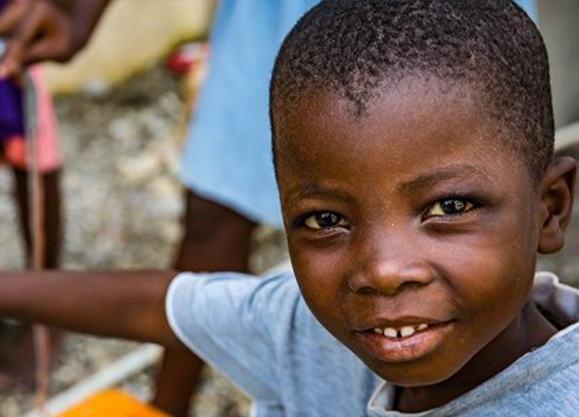Since the end of 2nd World War, the refugee crisis in Syria is touted to be the most lethal. Syrian neighbors have absorbed close to 5 million Syrian refugees who have been registered by UNHCR. This number comprises of more than 2 million children. Towards the end of 2016, Turkey had the highest number of Syrian refuges totaling to about 2.7 million.
Lebanon, Jordan, Iraq, and Egypt followed in that order. The high cost of living, limited opportunities to earn a livelihood as a result of lack of legal residential status, and depleted resources have made it difficult for many families to afford their basic needs. Most of the Syrian refugees, in Syria and in neighboring countries, resort to undesirable coping practices which translate to child labor and early marriages.
Syrian refugees as well as unaccompanied and deserted kids who have no sufficient legal documentation live in fear of undue exposure to low paying jobs which sometimes turn suicidal. The overall desperate situation is further compounded by the weak economies of the host countries, inadequate services that cannot fully meet the demands of the refugees, and overused resources. UNICEF has had various interventions to help ease the burden and help the affected individuals. Though the intervention of the humanitarian organization has been significant, it has not been sufficient. A lot of input is need from other international partners.


